The fortnightly trip to the school library seemed unexciting to some as normally they could pick just from the blue stickered picture books.
The session started by sitting on the mat going over the expectation of the library. Tabitha asked “do we just pick from the blue stickers”. The grand tour of the library began. By exploring the non fiction section and learning about the dewey system, students were able to find books on personal interests like motorbikes, animals, countries, people and planets.
“This is the chapter section, these are books where authors have to use their words wisely to create pictures in your head because there are no pictures”. Browsing through the chapter book section opened up a whole new world for the students. For Kyran, Jasmyrah, Tristan, and Harvey, it was their first time selecting longer texts with no pictures.
Simron reminded me that the year before we had read about David Walliams, the author who created the stories The World’s Worst Children, Pets and Monsters. David Walliam is infamous for using language features like hyperbole, metaphors and onomatopoeia
Annaliese and McKenzie pulled one of Walliams' books off the shelves and spotted all of the onomatopoeia like the examples used in class.
I’ve learned how to spell different words and use them in my own writing. My favorite chapter books are about Minecraft—I like them because I enjoy playing Minecraft and learning about new things to build while improving my spelling.
I love going to the library because I find books that help me learn new words and ideas for my stories. I really like chapter books because they are long and filled with cool new ideas. I enjoy learning about the ideas in them.
As the range of reading material expanded, so did the creativity within the writing. Inspired by Roald Dahl’s Charlie and the Chocolate Factory, Riley focused on using descriptive details to set the scene in her camping writing. She described the sound of sizzling sausages, the rustling of swaying trees, and the warmth of a snuggly tent, making her story more engaging and immersive.
Chapter books have lots of interesting words that I can read and add to my writing. Picture books have fewer words and aren’t as interesting. Reading about Willy Wonka’s factory made me want to add more details so people could imagine my story like a movie in their heads!
With a new understanding of how authors use purposeful detail and language to add excitement and detail, Demi and Annaliese experimented with their own writing. Annaliese started with simple sentences and gradually built them up with powerful adjectives and sensory details.
“David Walliams’ books are funny. He uses a lot of onomatopoeia and describes animals in really interesting ways, bringing the characters to life. His writing has helped me describe the characters in my own chapter book about Daphne the ballerina”.
When I read the stories, I could picture the crazy characters in my head. It made me want to add more detail to my own stories!
Through the series Wings of Fire by Tui T. Sutherland, Duncan and Harvey developed a deeper appreciation for how authors use description to create distinct characters. Duncan was particularly captivated by how each dragon in the book had unique features, inspiring him to apply the same technique in his own story about a dragon who became his friend in his writing.
Duncan moved from writing “The dragon was scary” to “The enormous, slobbering dragon had yellow teeth, and it’s deep growl sent shivers down my spine.”
I like reading chapter books because they are fun, and I use the ideas I read about in my own stories. I especially enjoy books about dragons because I love drawing and writing about them.
When I close my eyes, I can picture the dragons so clearly. I tried to do the same thing in my own writing.
The visits to the library continue to spark curiosity, and a desire to explore more complex stories in the chapter book section. With each book read, students are learning to craft more engaging narratives, becoming authors of their own imaginative worlds.
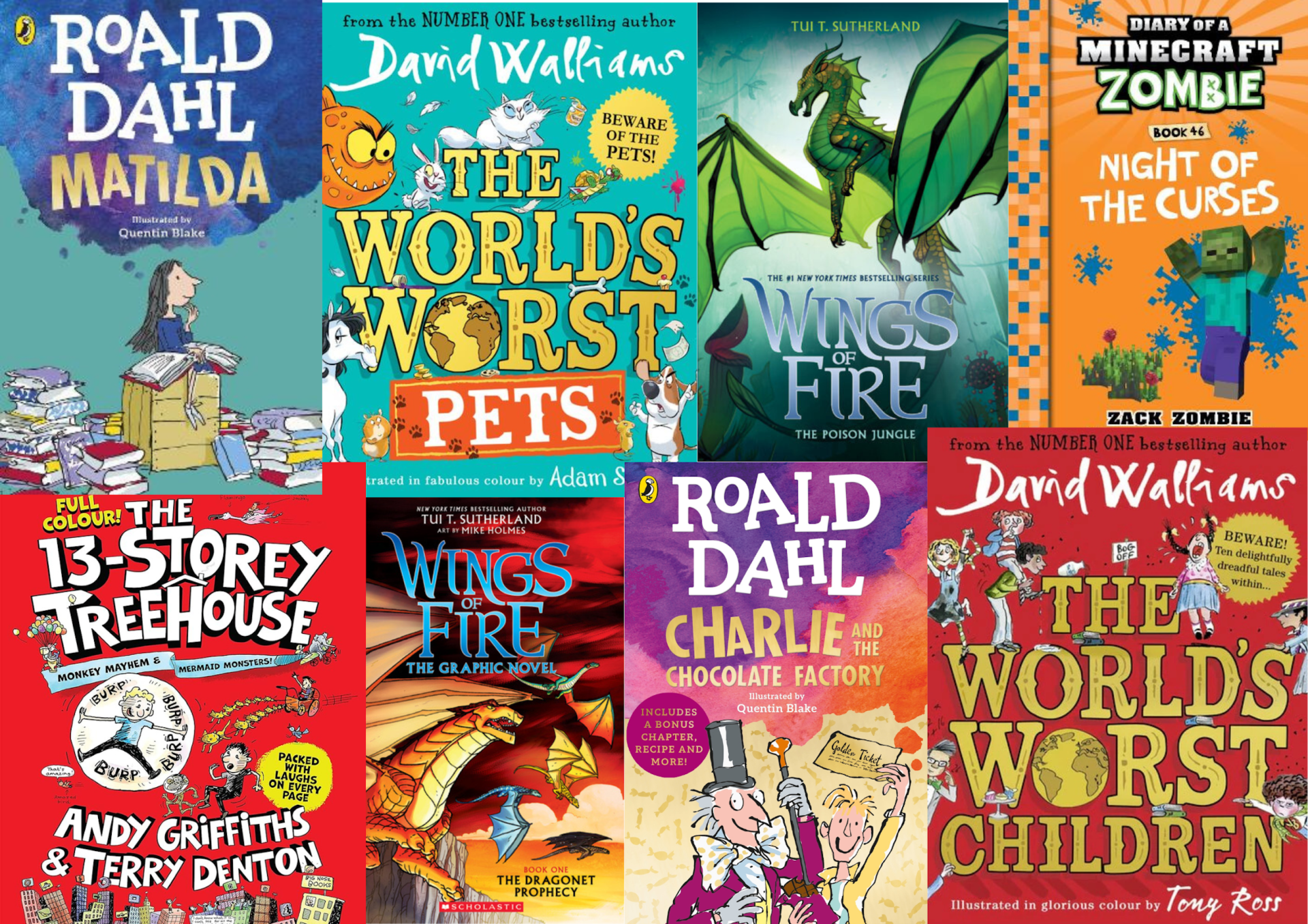
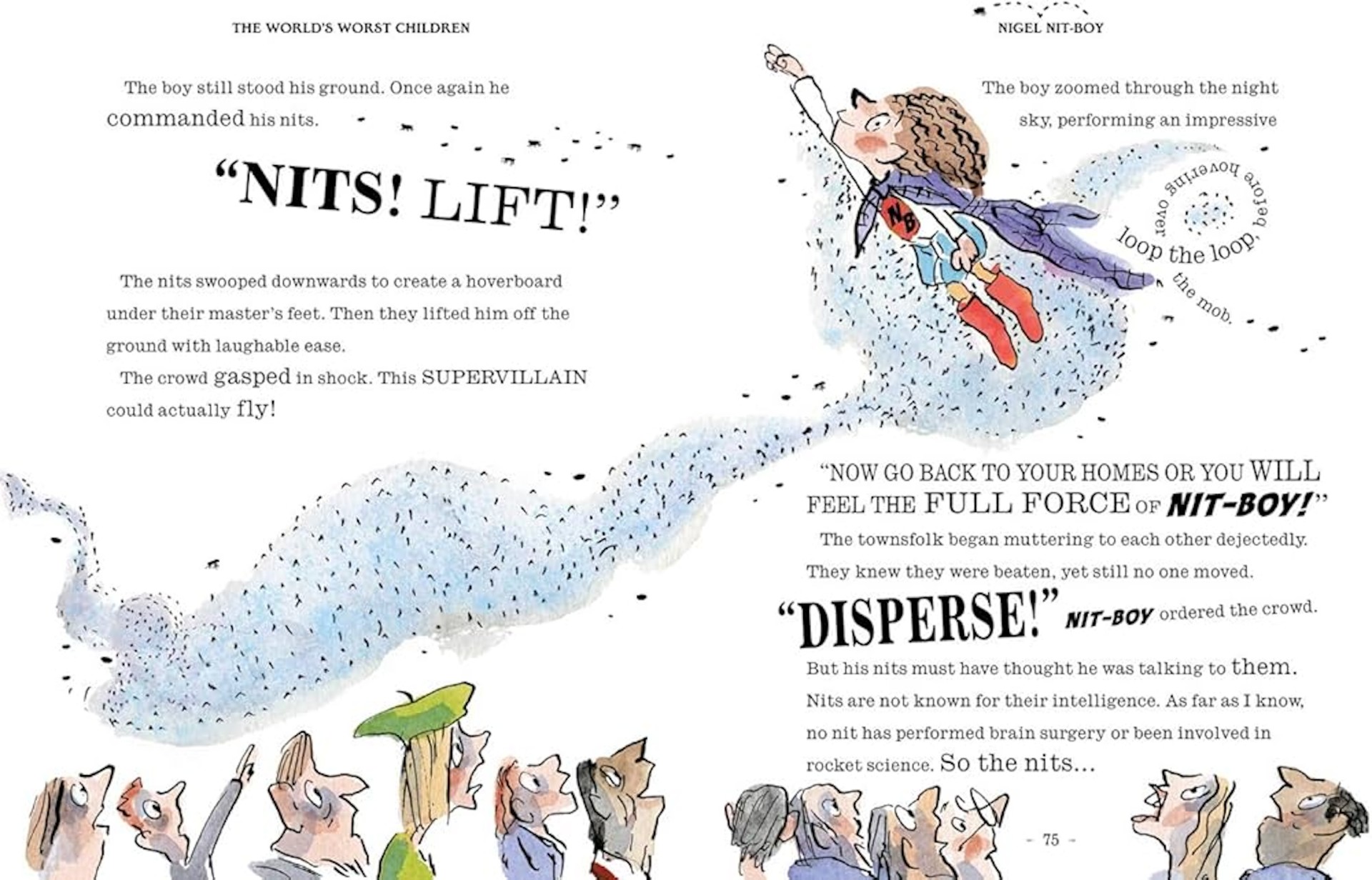
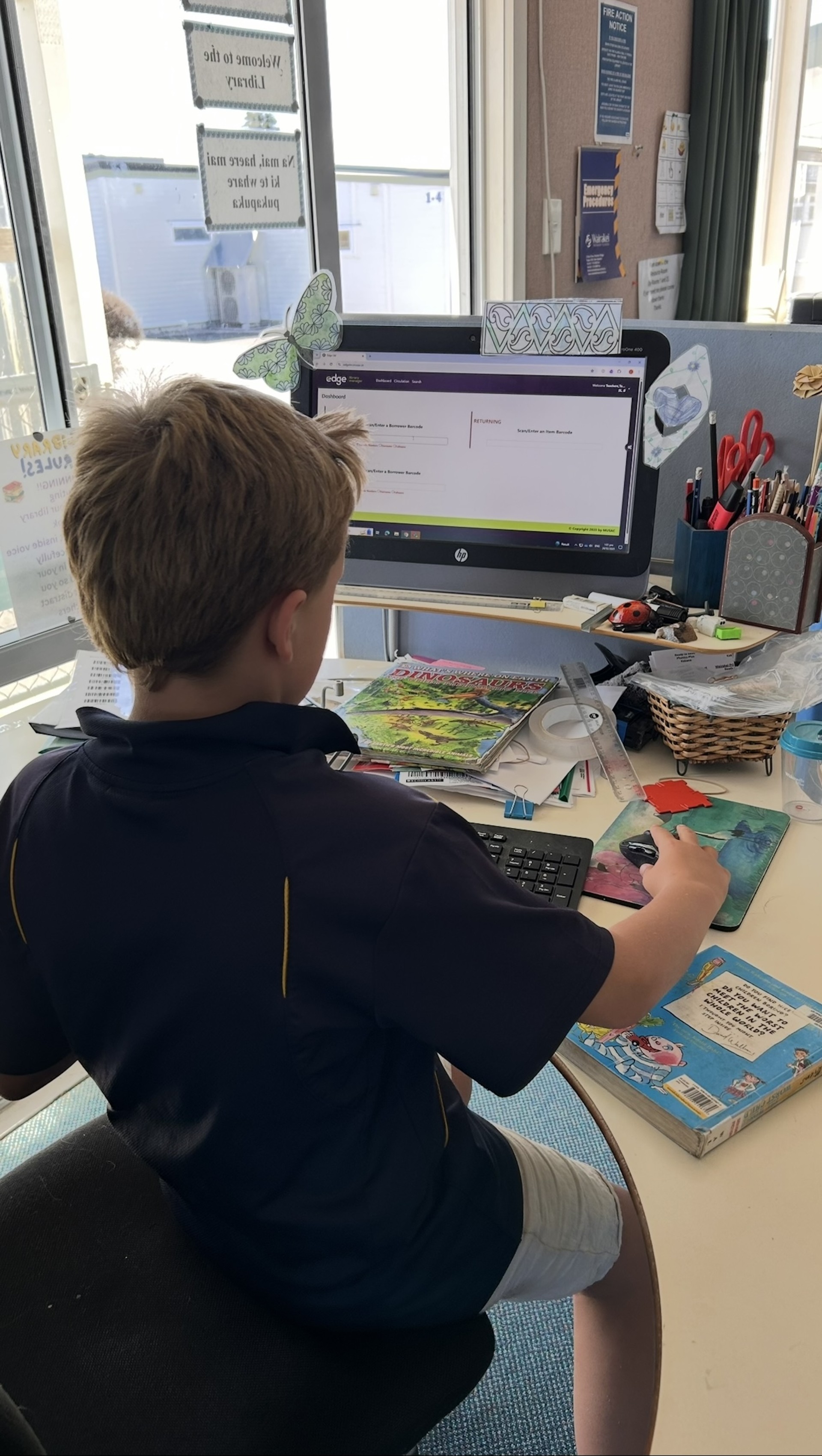
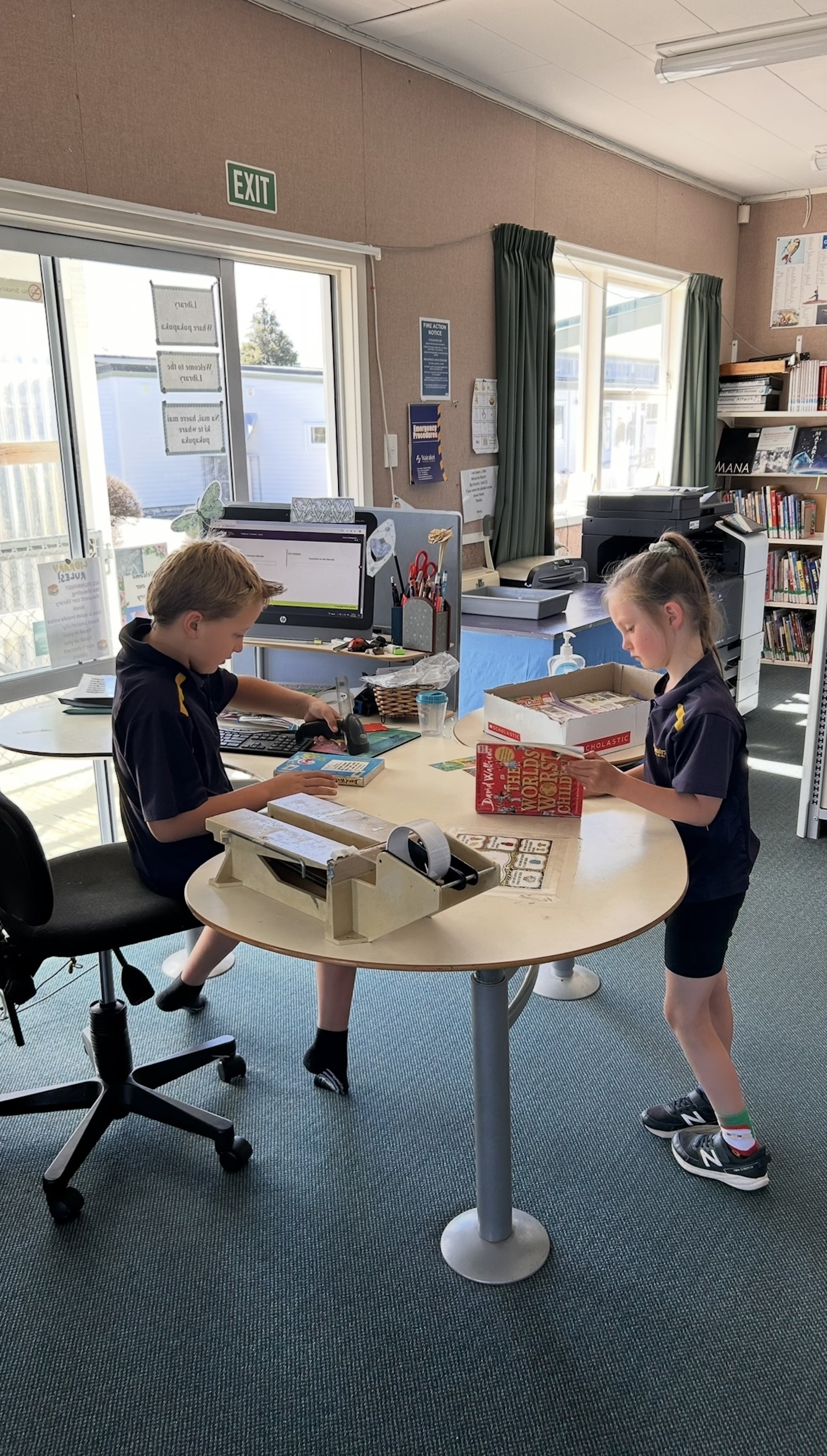
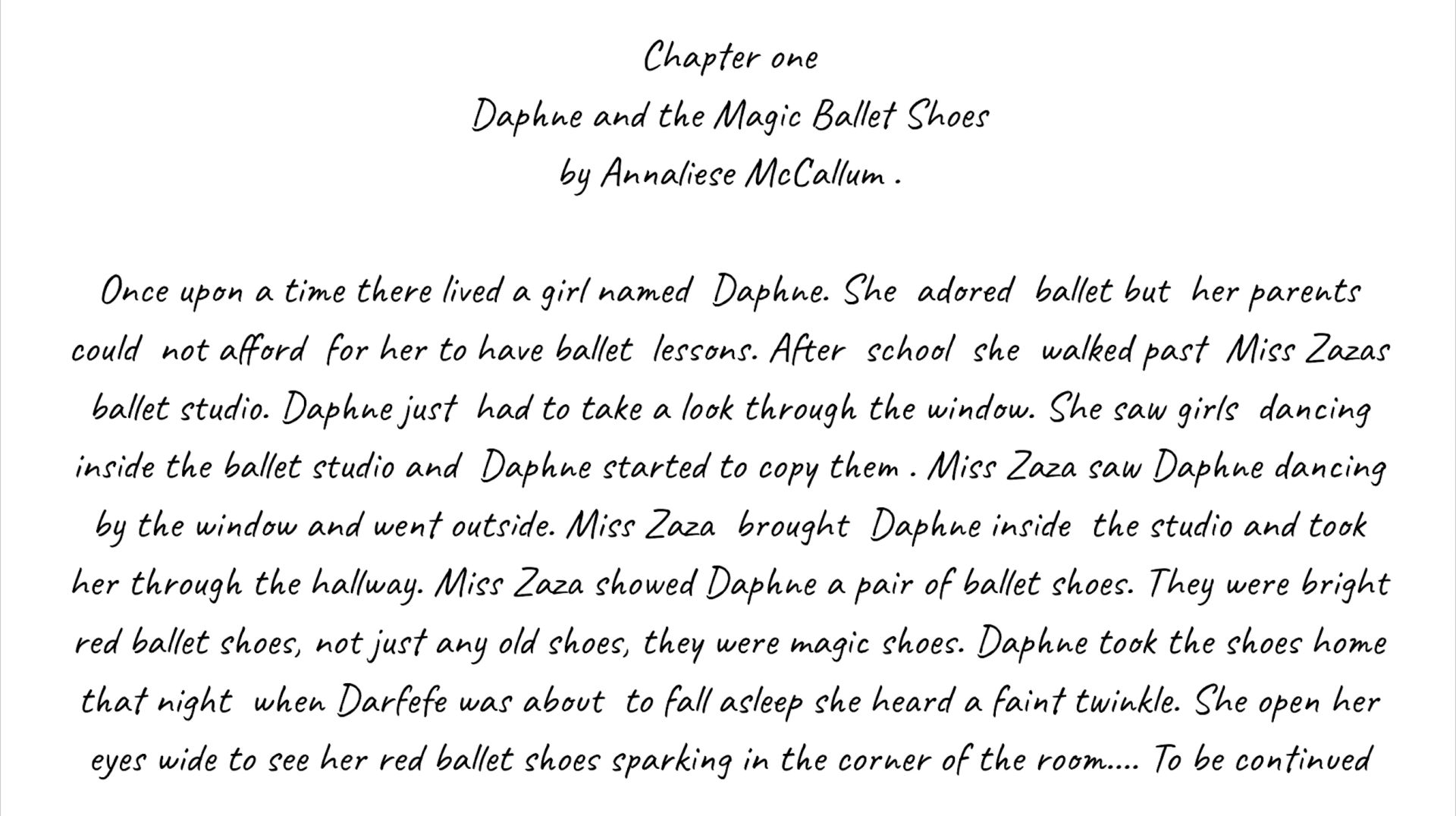
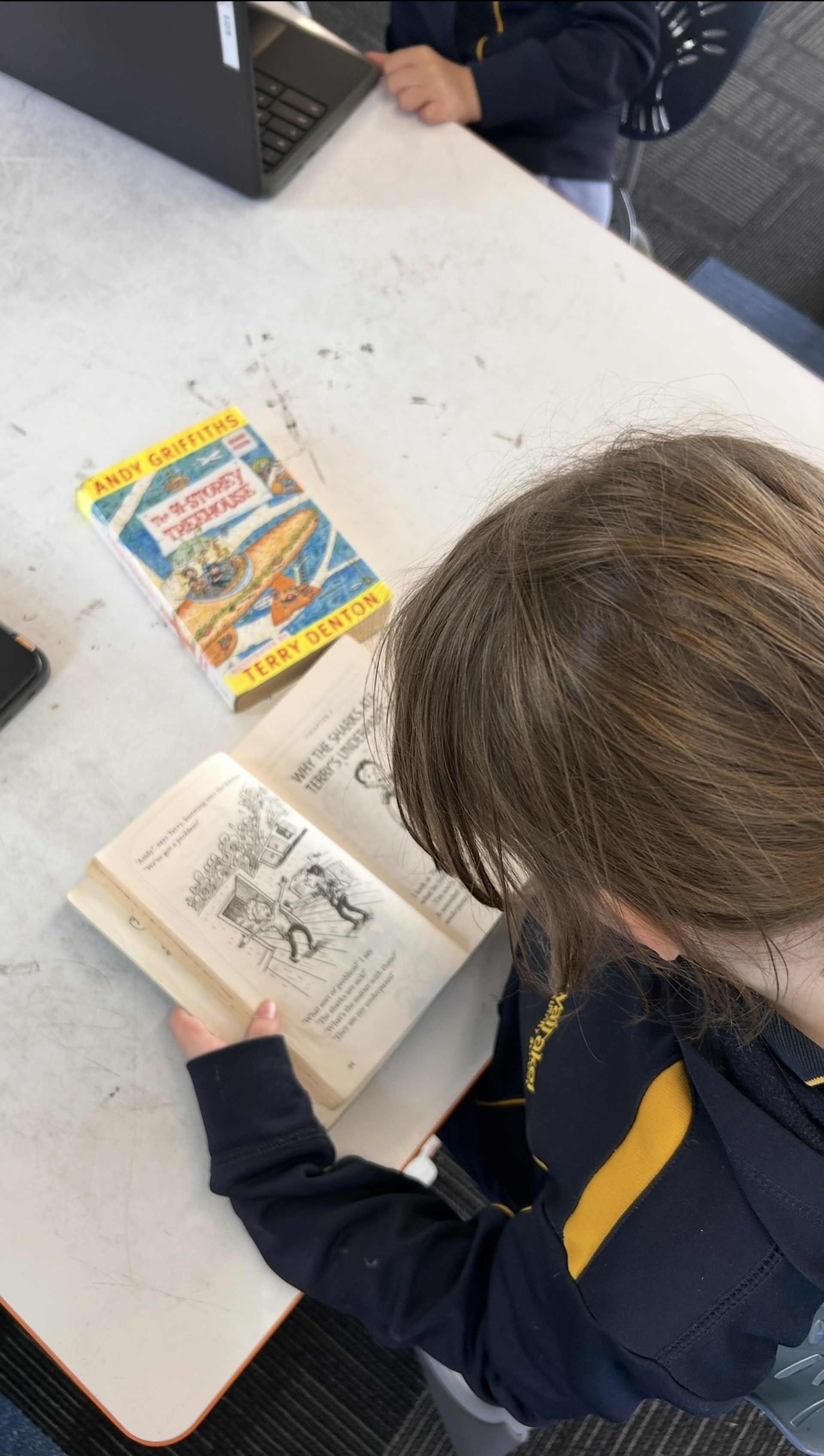
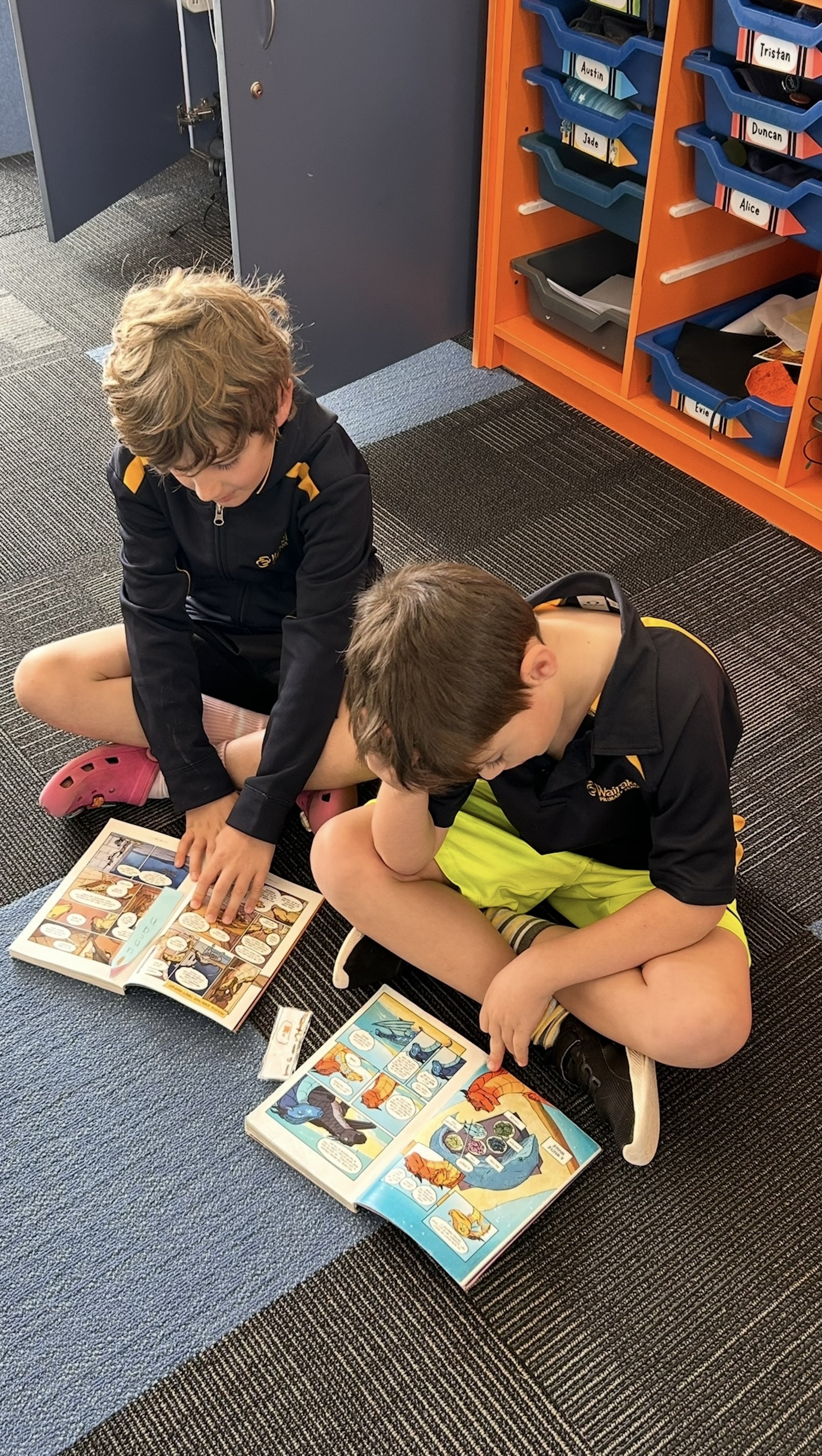
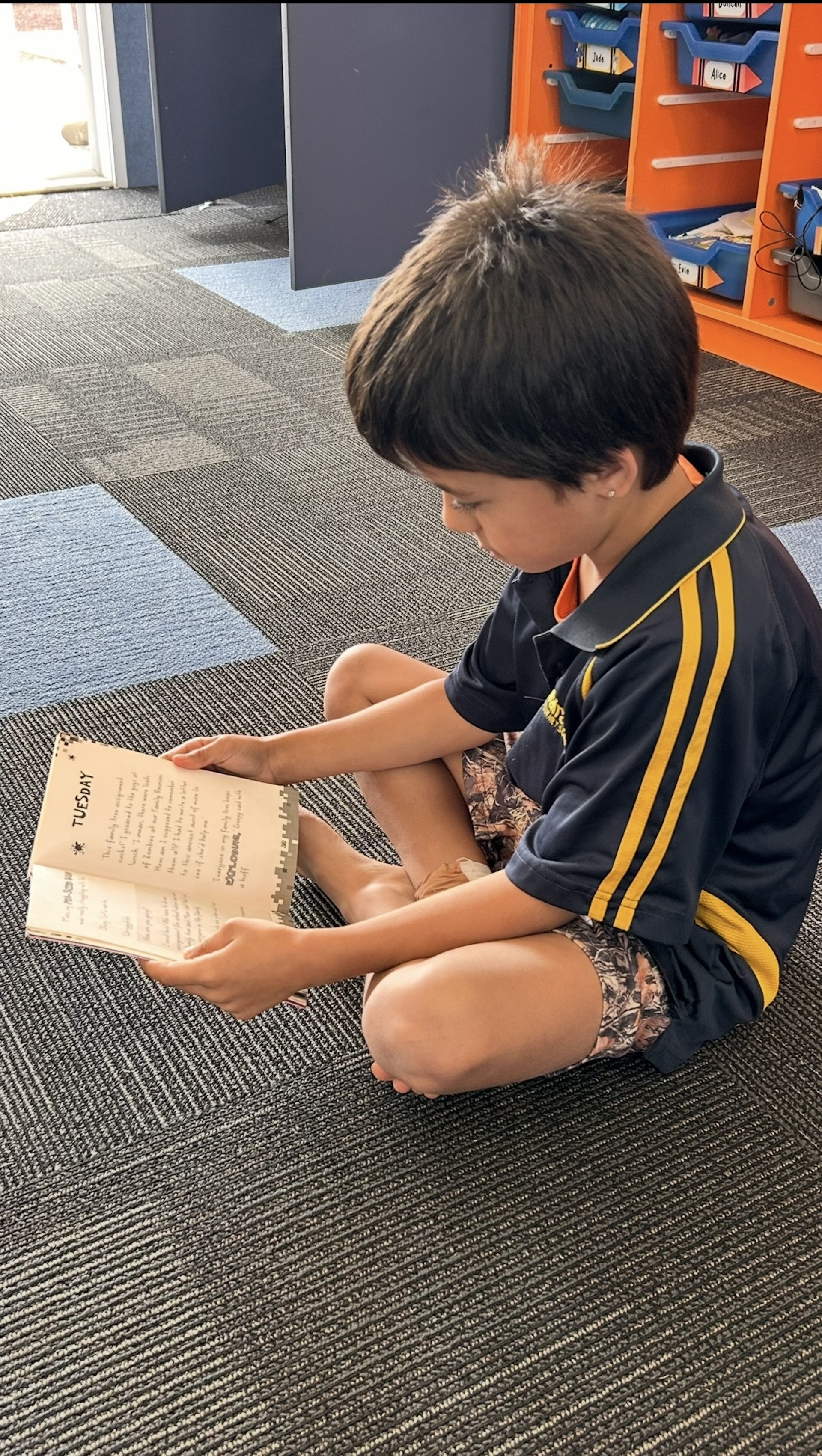
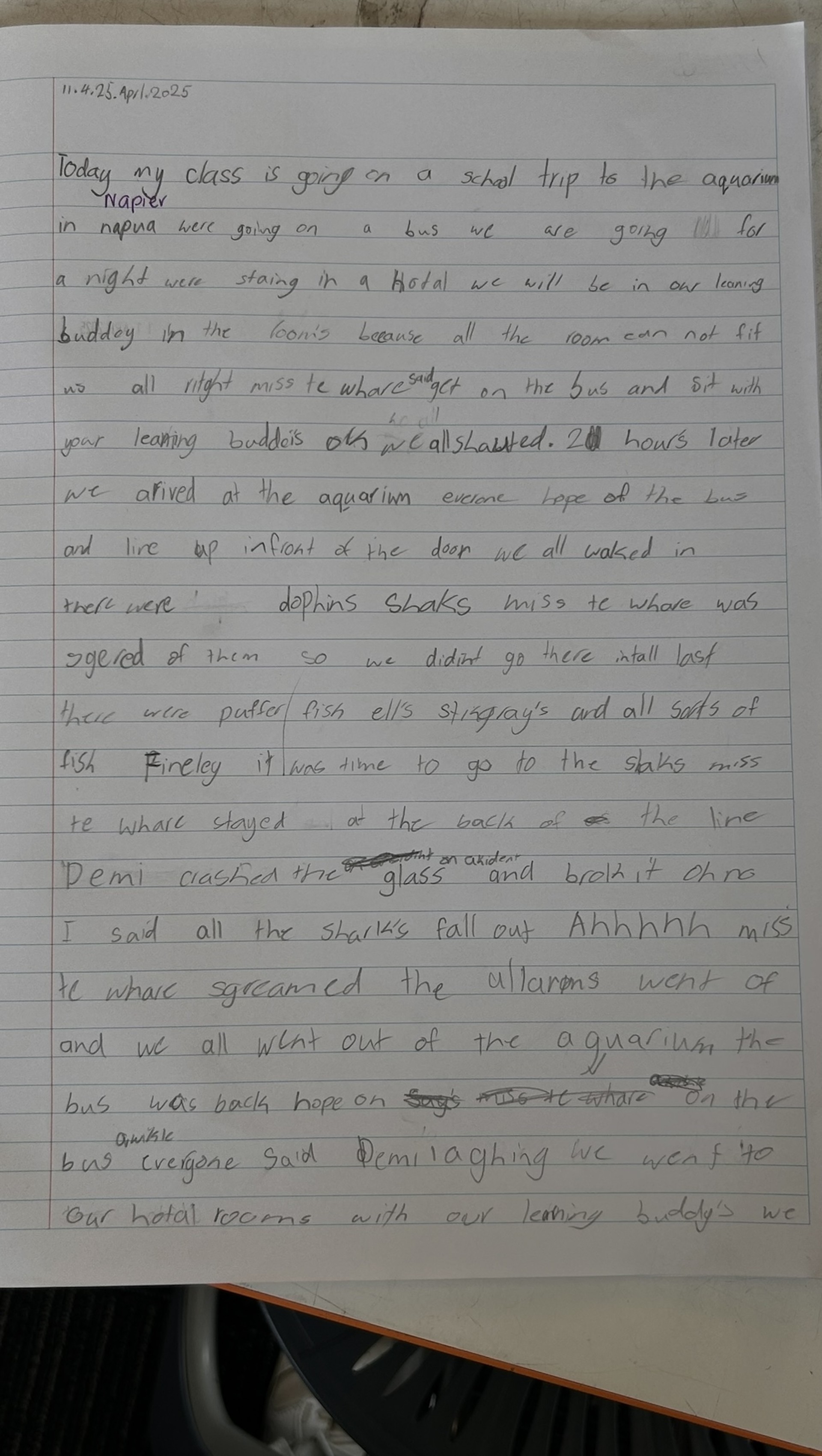
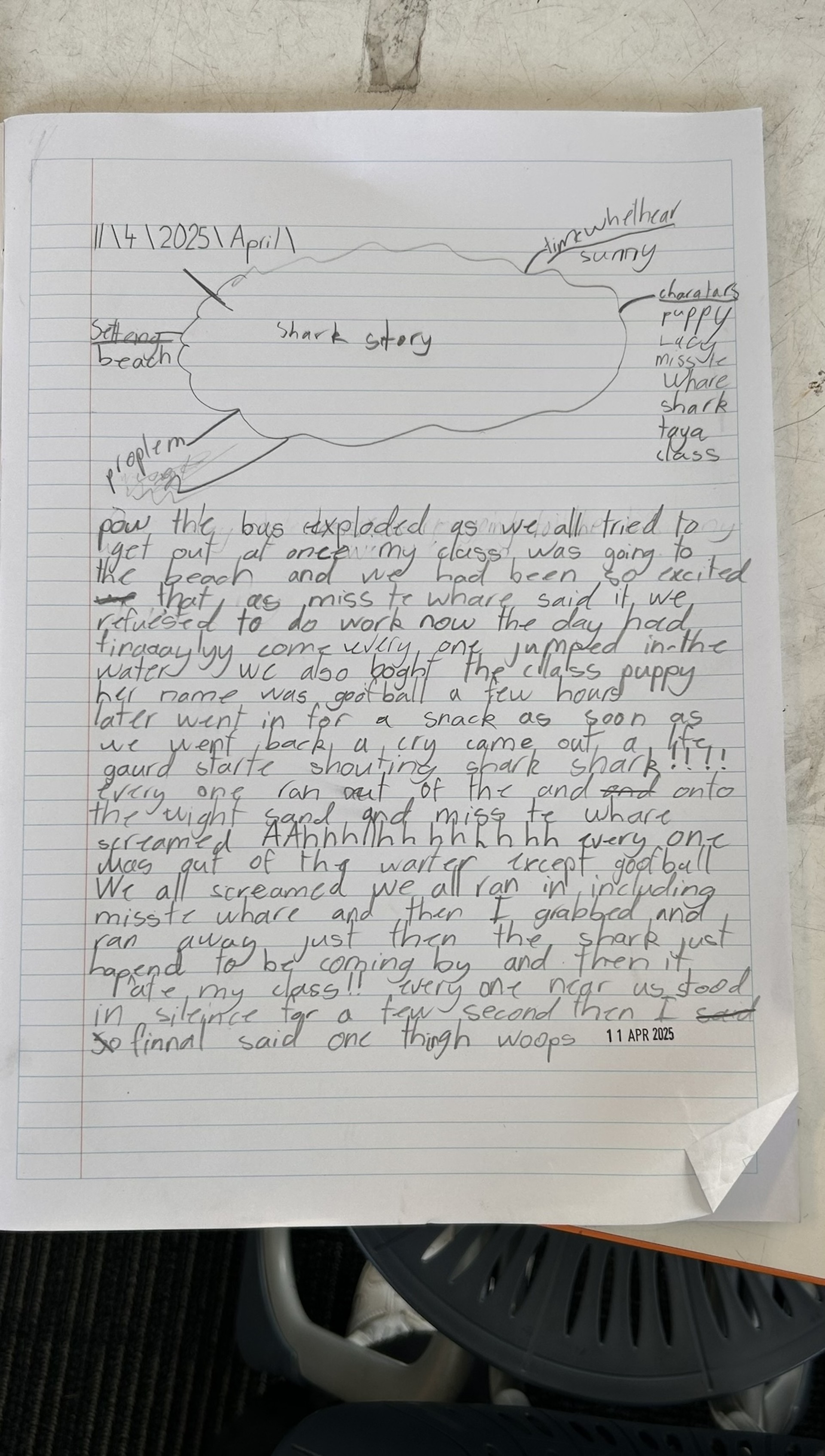
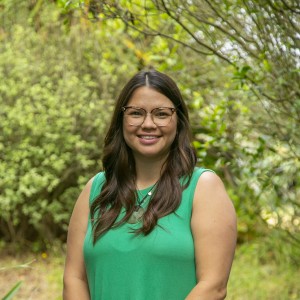

Comments
No one has commented on this post yet.